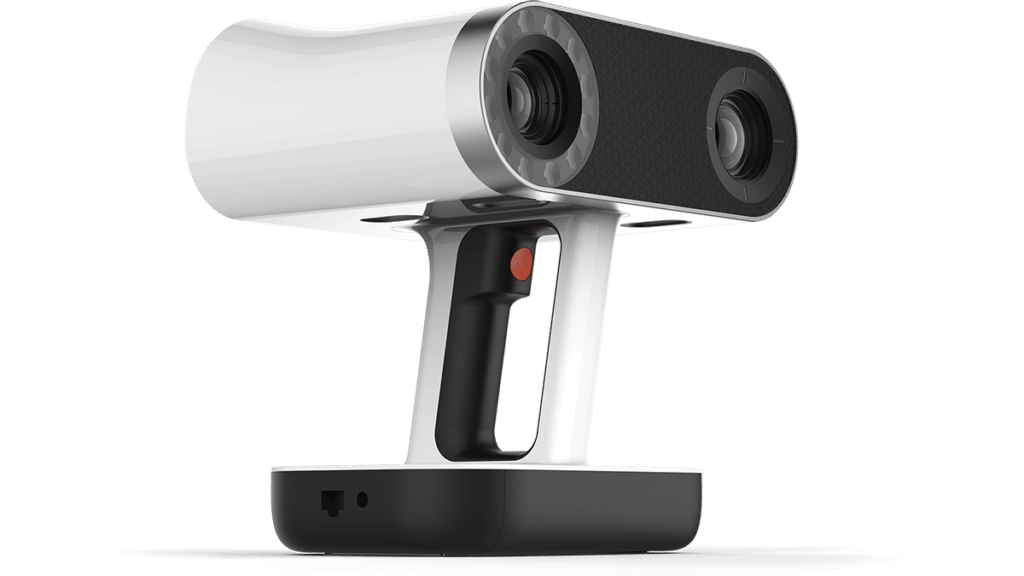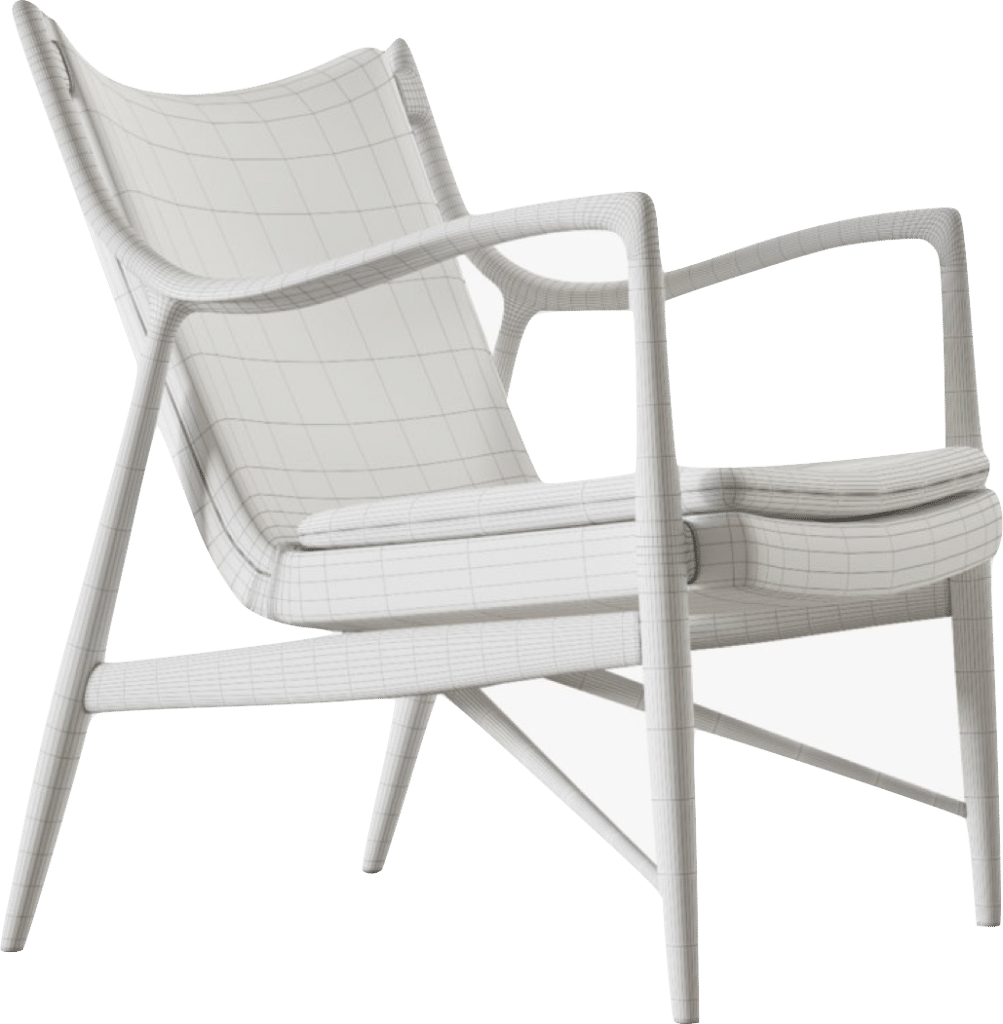2019 seems to be the year of immersive commerce. Pioneering brands are already implementing 3D and AR products into the online purchase journey, and conversion reports based on those integrations are incredibly promising. As adoption becomes widespread, many brands are looking to understand and develop a roadmap for supporting their own 3D & AR e-commerce strategies. Whether companies are currently creating 3D assets in-house, working with external partners, or have yet to dabble in 3D at all, having a birds eye view of the 3D creative process will make planning for 3D and AR e-commerce more accessible. In this post, we’ll discuss the various approaches to 3D asset creation, followed by a high level overview of how to set up an asset pipeline that scales. Finally, we’ll share some insights we’ve discovered from setting up our own 3D & AR creative process.
3 Methods of 3D Asset Creation
There are three different ways to go about creating 3D models: photogrammetry, 3D modeling, and laser scanning. Each varies in quality, cost, and speed, which qualify all of them as relevant for developing an expandable 3D creative strategy, a necessity when implementing 3D and augmented reality for e-commerce.
Photogrammetry
In its simplest form, photogrammetry involves creating reliable physical information about an object via a collection of photos of said object. Logistically, photogrammetry uses an array of cameras arranged in a rig to capture photos (approximately 80-200), either simultaneously or in quick succession of a product from every angle. From there, software computes 3D and texture data from the compilation of photos, either locally or using a queue system, depending on the program you’re using. This can be time-consuming, depending on the number and size of your photos and the capacity of your computer. Additionally, photogrammetry can be done with one camera, which we wouldn’t recommend for business use cases, or multiple cameras. For context, our rig has 144 cameras total, similar to the one featured below.
While this method is the fastest of the methods, there are limitations. Not every real world asset is a great candidate for the photogrammetry process. Objects that reflect or filter light are particularly troublesome. These are products with, for example, metal, glass, crystal, or plastic surfaces–which includes a wide array of everyday products. The quality of photogrammetry for objects outside of these limitations, however, is fantastic. Photogrammetry leads to incredible textures, capturing great detail and depth. Additionally, the geometry captured is reliable, so product models are not at risk of being misrepresentations of the actual product. This is especially important when using augmented reality to confirm that a product will fit into a space.

Laser Scanning
Thanks to the advent of 3D laser scanning, technicians are able to scan geometry and texture data using handheld devices. The only requirement here is the laser. These lasers come in varying degrees of quality and cost, and can be purchased or rented. Similar to photogrammetry, once the laser is acquired, anyone can use it. With higher quality scanners, processing happens in real-time on the scanner screen, making it easy to identify and correct missing information. The better the scanner, the better the output, so value and cost are correspondent. Worth noting, these scanners are new and evolving rapidly. The value of a purchased scanner may depreciate quickly as the technology improves. Similar to the limitations of photogrammetry, laser scanning has trouble with smooth surfaces. Scanning is fast, but often, depending on the asset, additional work may be required to clean up problematic surfaces and edges.

3D Modeling
The final route to 3D asset creation, 3D modeling, involves the work of 3D artists who turn several product photos or CAD files and dimensional references into 3D artwork via software tools such as Maya and 3ds Max. Check out our recent blog post for a more behind the scenes look at the 3D modeling process. 3D modeling is slower and less expensive than photogrammetry, and more expensive than laser scanning, depending on the laser being used. The quality of assets created via modeling sits somewhere in the middle as well, depending on the time spent and skill of the 3D artist.
The fact that 3D modeling is done by an artist is worth noting. Unlike the other two methods, which are processed and interpreted via software, modeling involves the bias of the modeler, which means interpretation and quality of the object may be highly variable. Additionally, there is no preview to the work with 3D modeling. Scanning and photogrammetry provide a viewable render as it’s being built, but modeling is an obscured work in progress until it’s not. On the flip side, 3D modeling does not have the limitations of scanning and photogrammetry when it comes to the type of product being modeled. For this reason, 3D modeling is an integral part of any dynamic 3D asset creation process, as it allows adaptation and optimization of current models as the need arises. This leads us to the creative pipeline.

Future Proofing Your 3D Product Pipeline
While implementing one method of 3D asset creation is a great way to get started, understanding all three is the key to scaling. Brands and retailers preparing to move their catalog to 3D should first gauge which type of asset creation method best fits the needs of their catalog. Are their products reflective or translucent? Do they change often with new limited-time designs and features? Are the physical products large, and consequently outside of the realm of a photogrammetry rig? Are there multiple configurable pieces to a product that a consumer may be encouraged to choose for themselves? Answering these questions and more will help guide an efficient and effective 3D creative process.
At a high level, this process can be broken down into capturing content, converting it to high-quality 3D, and optimizing as opportunities arise. Optimization is key because this technology is still evolving, which means 3D will continue to improve, but only if the methods for creating it remain cutting edge. Furthermore, as these models are implemented into manipulable 3D and AR experiences, interaction-based data allows brands to optimize for shopper behavior, creating more accessibility to and understanding of a given product. To learn more about Vertebrae’s 3D creative pipeline, schedule time to meet.

Looking to better understand why leading brands and retailers are implementing 3D & AR e-commerce? Download our comprehensive guide.
The Power of Immersive Commerce: Why 3D & AR are So Compelling
Not a current customer but ready to get started?
Demo the Platform Today!Already a current customer? Log in to Axis Today!

